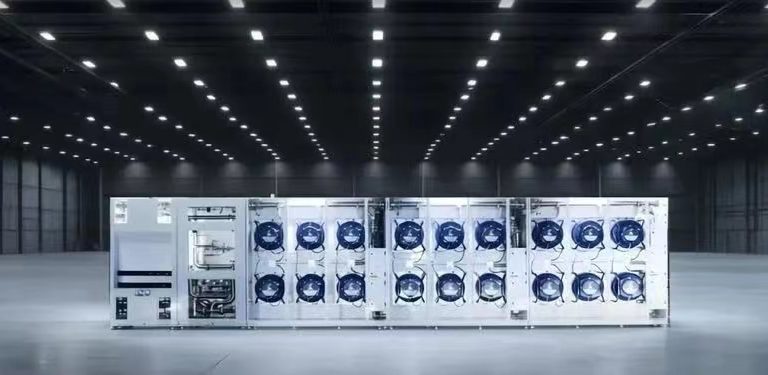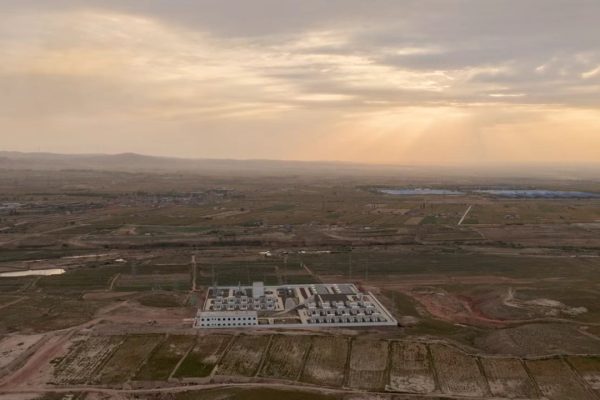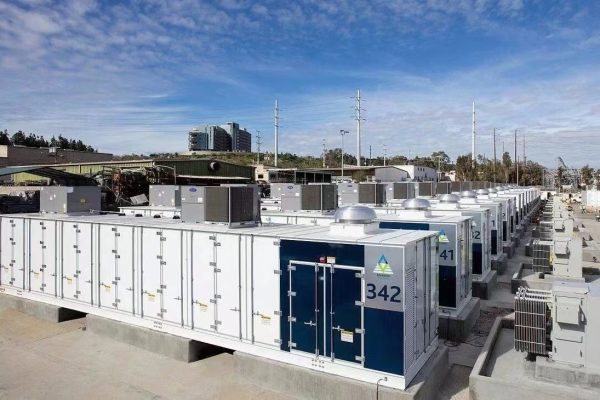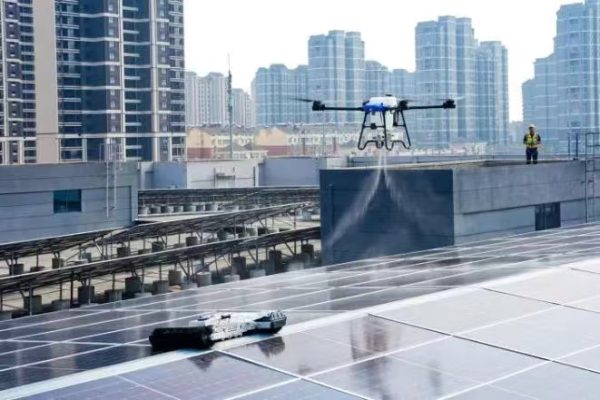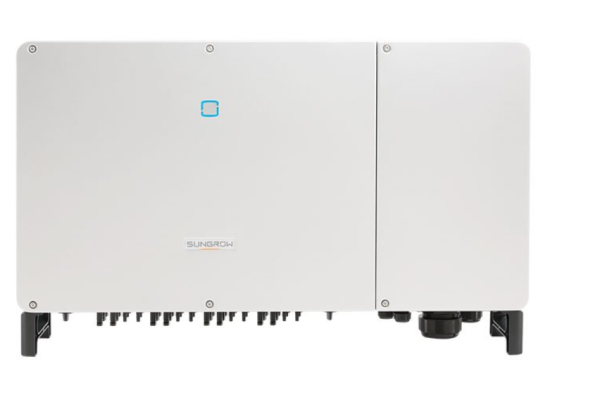What Installers and Buyers Should Consider for Long-Term Performance
Why Cooling Design Matters in Inverter Selection
As power electronics become more compact and efficient, thermal management remains a key challenge — especially for hybrid inverters used in solar + storage applications.
Your inverter’s cooling system directly affects:
- ⚙️ Internal component lifespan
- 🌡️ System stability in high-temperature regions
- 🔇 Noise level and maintenance needs
- 📦 Enclosure size and installation options
Choosing between fan-based (active) and passive (natural convection) cooling isn’t just a design detail — it’s a core part of inverter suitability for your project.
🔄 Fan Cooling (Active Cooling): How It Works
A fan-cooled inverter uses internal or external fans to actively draw heat away from power components (IGBTs, MPPT units, transformers).
✅ Advantages of Fan Cooling:
| Feature | Benefit |
|---|---|
| Higher Heat Dissipation | Handles higher power density (e.g. 10–50kW models) |
| Compact Design | Smaller chassis for same power output |
| Better in Enclosed Areas | Keeps internal temperature stable in tight spaces |
⚠️ Disadvantages of Fan Cooling:
| Concern | Impact |
|---|---|
| Moving Parts Wear | Fans degrade over time (3–5 years typical) |
| Maintenance Required | Dust buildup, fan replacement, clogging risks |
| Noise Generation | Audible humming, not suitable for bedrooms/offices |
| Ingress Risk | Needs filtered air intake, vulnerable to moisture/dust |
Suitable for high-power, cost-sensitive, or ventilated installations.
🧊 Passive Cooling (Natural Convection): How It Works
Passive-cooled inverters rely on large heat sinks and aluminum fins to dissipate heat through air convection — no fans, no moving parts.
✅ Advantages of Passive Cooling:
| Feature | Benefit |
|---|---|
| Zero Maintenance | No fan failure or dust cleaning needed |
| Silent Operation | Ideal for residential or office environments |
| High Ingress Protection | Often IP65–IP66 rated, fully sealed |
| Longer MTBF | No mechanical components to fail |
⚠️ Disadvantages of Passive Cooling:
| Concern | Impact |
|---|---|
| Lower Power Density | Typically limited to <5–10kW |
| Larger Size | Bigger heat sink = bulkier design |
| Requires Airflow Space | Needs clearance around chassis for effective cooling |
| May Derate in High Heat | Efficiency drops in extreme climates (≥45°C) |
Best suited for residential, quiet, or dusty/moisture-prone environments.
🔍 When to Choose Which?
| Project Type | Recommended Cooling Type | Why? |
|---|---|---|
| Small Residential (1–6kW) | Passive Cooling | Quiet, reliable, no maintenance |
| C&I Projects (10–50kW) | Fan Cooling | Better heat removal for high-power loads |
| Tropical / Desert Climates | Fan + IP Filtering | Active cooling with dust protection |
| Remote Sites with No Maintenance | Passive Cooling | No moving parts to fail |
| Wall-Mounted Indoor Units | Passive or Hybrid | Noise-sensitive, needs sealed enclosure |
| Budget-Constrained Projects | Fan Cooling | More power per dollar, though shorter lifespan |
🧠 Buyer Tips: What to Ask Your Inverter Supplier
- What is the cooling method and rated derating temperature?
- Is the fan user-replaceable? What’s the typical MTBF?
- What is the maximum ambient temp before output derates?
- For passive designs, what is the clearance requirement around the unit?
- Is there a thermal shutdown protection mechanism in case of overheating?
Always ask for thermal derating curves in the datasheet.
🔧 Maintenance Implications
| Feature | Fan-Cooled Inverter | Passive-Cooled Inverter |
|---|---|---|
| Fan Cleaning | Every 6–12 months | N/A |
| Fan Replacement | 3–5 years typical | N/A |
| Monitoring | Often includes temp/fan alerts | Optional, less needed |
| Installation Tip | Avoid direct sun / allow airflow | Allow free air on all sides |
Match Cooling to Project Priorities
There’s no universal “better” between fan and passive cooling — it’s about matching cooling strategy to your system’s priorities.
If your site needs:
- Low noise
- Minimal maintenance
- Long service life
→ Go passive.
If you’re prioritizing:
- High power in small enclosure
- Aggressive pricing
- Hot environments
→ Consider fan-cooled, with proper filtration and service plan.
Inverter cooling isn’t just thermal engineering — it’s a critical part of system design and customer satisfaction.





